What is Public Relations?
To answer the question of what is public relations, Public Relations, often abbreviated as PR, is a strategic communication practice that aims to build mutually beneficial relationships between an organization and its target audience.
It is a form of marketing that focuses on creating a positive public image for a business or individual. Public Relations professionals use a variety of tactics and tools to manage their clients' public image, including media relations, social media management, event planning, and crisis communication

What is Public Relations?
At its core, Public Relations is about building trust and credibility with a target audience. This can be achieved in a number of ways, such as through media coverage, influencer endorsements, and community engagement. The goal of PR is to shape the public's perception of an organization, so that they see it in a positive light and are more likely to engage with it.
PR vs. Advertising
Public Relations (PR) and advertising are both important aspects of marketing, but they differ in several key ways. While advertising is a paid form of communication, PR is earned through positive media relations, thought leadership, and community engagement.
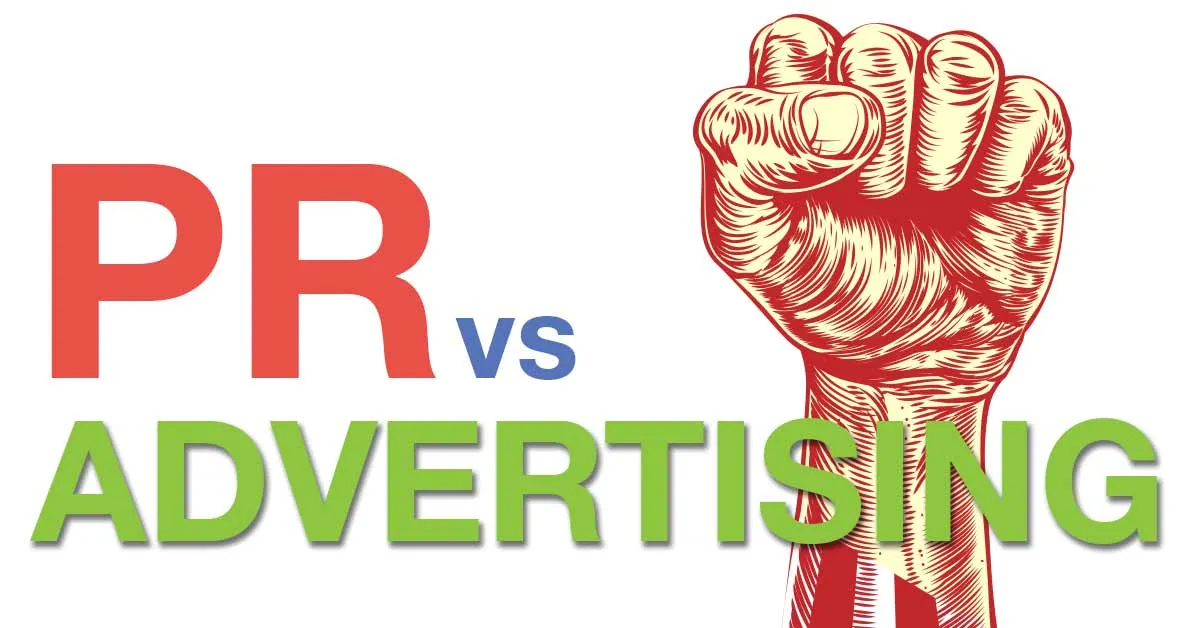
PR vs. Advertising
Moreover, the goals of PR and advertising can differ. Advertising is often focused on generating sales and revenue, whereas PR is more focused on building brand awareness, reputation, and relationships. While both disciplines can contribute to a business's bottom line, they have different priorities and outcomes.
In addition, advertising is typically more overtly promotional, whereas PR tends to focus more on building relationships and promoting a brand's reputation. Advertisers are often more direct in their messaging and may use attention-grabbing techniques to get their message across. PR professionals, on the other hand, aim to create a more subtle, nuanced message that resonates with their target audience.
PR vs. Marketing
Marketing is the overall strategy and tactics used to promote a product or service and create demand for it in the market. It is focused on understanding the target audience, identifying their needs and wants, and developing products and services that meet those needs.
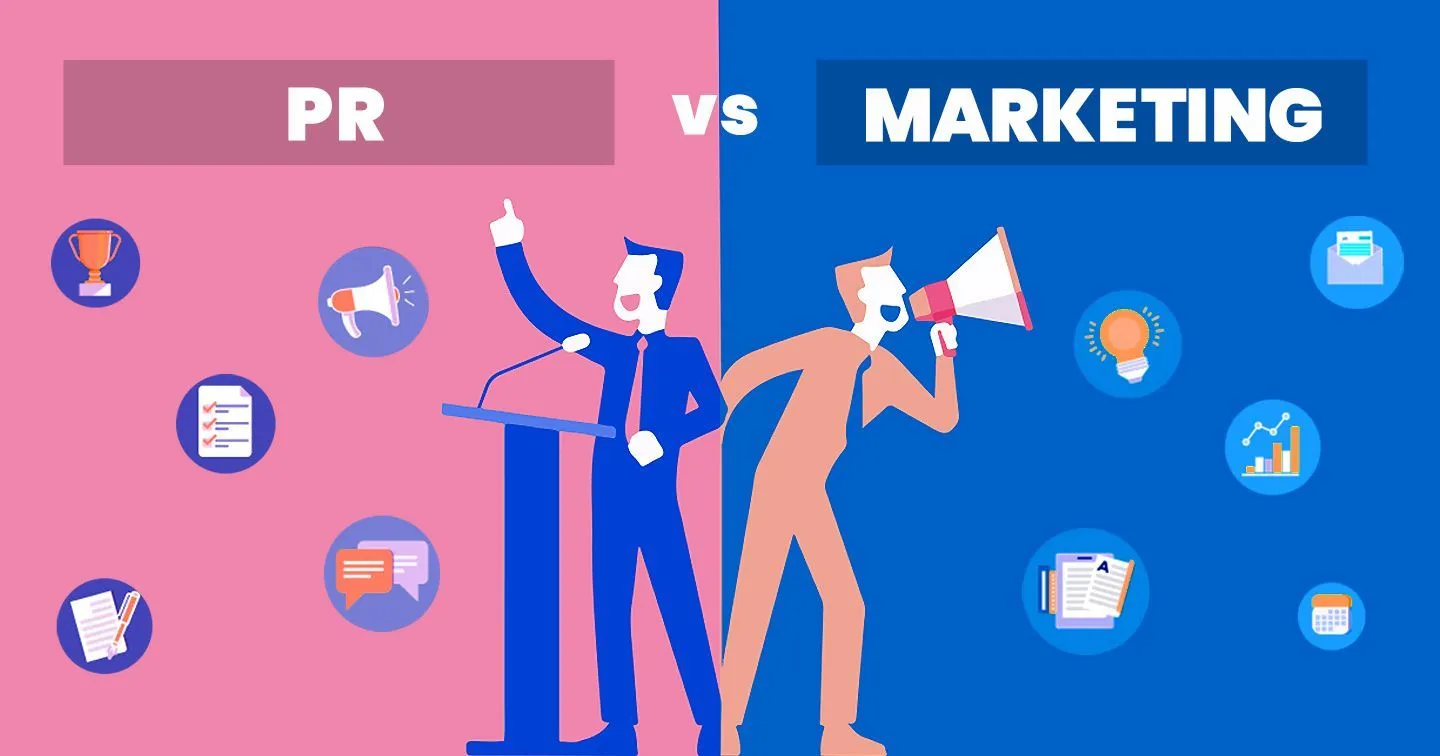
PR vs. Marketing
PR, on the other hand, is a subset of marketing that focuses on building and maintaining relationships with a business's various stakeholders, including customers, employees, investors, and the media. PR is about managing an organization's reputation, promoting its brand, and ensuring that its message is effectively communicated to the right audiences.
A comprehensive marketing strategy should include both marketing and PR elements to effectively build brand awareness, manage reputation, and promote products and services.
Types of Public Relations
Public Relations (PR) is a broad field that encompasses a range of activities and tactics. Here are some of the most common types of PR:
- Media Relations: Media relations involve building and maintaining relationships with journalists and media outlets to secure coverage for an organization. This can include pitching stories, arranging interviews, and providing background information to help journalists write their stories.
- Crisis Management: Crisis management involves developing a plan to respond to and manage potential crises that could damage an organization's reputation. This can include developing messaging, preparing spokespeople, and responding to media inquiries in a timely and transparent manner.
- Corporate Communications: Corporate communications involve managing internal and external communication for an organization, including announcements, press releases, and messaging related to mergers and acquisitions.
- Reputation Management: Reputation management involves monitoring and managing an organization's reputation online and in the media. This can include responding to negative reviews, managing social media accounts, and developing a positive online presence.
- Community Relations: Community relations involve building relationships with local communities and stakeholders to promote an organization's positive impact and support for community initiatives.
- Thought Leadership: Thought leadership involves positioning key executives or subject matter experts as industry leaders through public speaking, publishing articles, and participating in industry events.
- Employee Communications: Employee communications involve developing and implementing communication strategies to engage and inform employees about organizational news, policies, and initiatives.
- Event Planning: Event planning involves organizing and executing events to promote an organization, such as product launches, conferences, and media events.
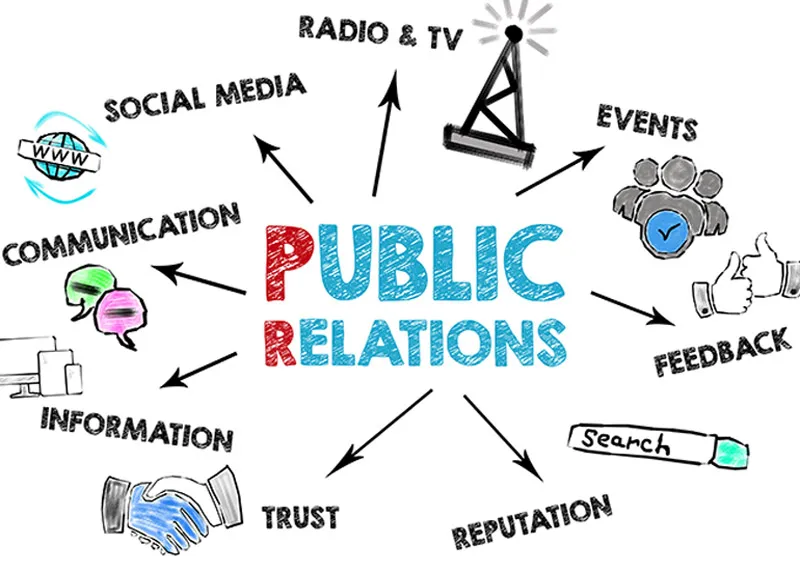
Different types of public relations
PR encompasses a wide range of activities and tactics aimed at building and maintaining relationships, managing reputation, and promoting an organization's positive impact. By understanding the different types of PR and their respective strategies, businesses can develop a comprehensive PR strategy that effectively communicates their message to their target audiences.
Fundamental Guide for Public Relations
If you are looking to develop a successful public relations strategy for your business or organization, here are some key steps to follow:
Identify your goals
Determine what you hope to achieve with your PR efforts, whether it's increasing brand awareness, building relationships with stakeholders, or promoting a specific product or service.

Identify your goals - What is Public Relations?
Know your audience
Identify your target audience and understand their needs and preferences. This will help you tailor your messaging and PR tactics to effectively reach and engage with them.
Develop key messages
Develop clear and concise key messages that communicate your organization's mission, values, and unique selling points. These messages should be consistent across all your PR efforts.
Build relationships with the media
Develop relationships with journalists and media outlets to help secure coverage for your organization. This involves understanding their interests and preferences and providing them with timely and relevant information.

Media relations is very important in PR
The key steps to building relationships with the media include researching media outlets and journalists, engaging with journalists on social media, providing valuable information, respecting deadlines, following up appropriately, maintaining the relationship, and being transparent and honest.
By following these steps, individuals and organizations can develop strong relationships with journalists and increase their chances of securing media coverage for their stories or clients.
Measure the success of PR and branding efforts
Measuring the success of branding efforts is essential to understanding the impact of your efforts and making informed decisions about future branding strategies. Here are some key metrics to consider when measuring branding success:

Measure the success of PR and branding efforts
- Brand Awareness: Measuring brand awareness can involve tracking metrics such as website traffic, social media followers, and search engine rankings.
- Brand Image: Brand image of how your brand is perceived can be tracked through surveys, focus groups, and online reviews.
- Brand story: A brand story is the narrative that describes the history, values, and mission of a brand.
- Brand visibility: Brand visibility refers to the level of awareness and recognition that a brand has among its target audience.
- Brand Loyalty: Brand loyalty can be measured through customer retention rates, repeat purchases, and customer referrals.
- Brand Equity: Brand equity measures the value of your brand in the marketplace. This can be measured through revenue and profit, as well as brand-specific metrics such as brand valuation.
Social Media Engagement: Social media engagement can include metrics such as likes, shares, comments, and followers. - Brand Reputation: Brand reputation measures the overall reputation of your brand, including positive and negative perceptions. This can be measured through metrics such as online reviews, media coverage, and sentiment analysis.
- Brand Identity: Brand identity can be measured through metrics such as brand recognition, brand recall, and visual consistency across different channels.
Plan for crises
Develop a crisis management plan that outlines how you will respond to potential crises that could damage your organization's reputation. This includes developing messaging, preparing spokespeople, and responding to media inquiries in a timely and transparent manner.

You need a crisis management plan to prepare for the worst.
Establishing a crisis team is also very important in this. Create a team responsible for implementing the crisis management plan. This team should include key stakeholders such as executives, public relations professionals, legal counsel, and IT specialists.
Public Relations Examples
Take a look at these Public Relations examples practice and gain yourself insights for how-to in the future.
Nestlé media crisis
On March 17, 2010, a YouTube video parodied Kit Kat's slogan “Have a break; Have a Kit Kat” and pointed out that Nestlé sourced palm oil from Sinar Mas, an Indonesian supplier accused of acting unsustainably.
Nestlé's initial response to Greenpeace's video was to request its removal from YouTube on the grounds of copyright infringement. This sparked a wave of negative feedback on social media, with Facebook users expressing annoyance at Nestlé's attempts to remove altered fan page posts featuring Kit Kat logos that read “Killer.”
The clip reappeared on YouTube on March 21 and attracted 180,000 views from the online community. This created an "ugly" perception of the brand from consumers as it had to endure a strong wave of criticism on mass media; as a result, the brand's revenue and sales decreased.
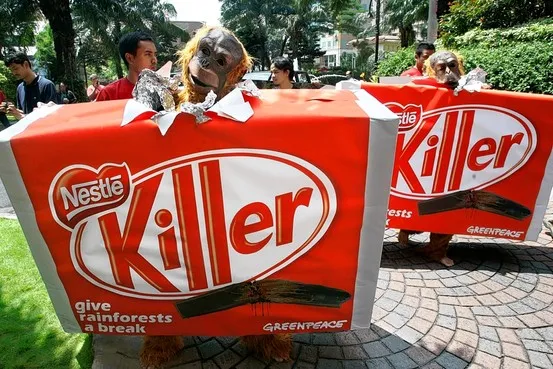
Nestlé media crisis
Nestlé’s solution:
- Firstly, Nestlé temporarily stopped buying palm oil from Sinar Mas and held a meeting with Greenpeace to publicly disclose detailed information about the palm oil supply chain.
- To address the long-term supply issue, Nestlé chose Forest Trust - a non-profit organization that could be considered the "golden choice" of businesses and had signed contracts for sustainable palm oil supply with reputable suppliers.
- In May 2010, Nestlé also participated in the Roundtable on Sustainable Palm Oil - an association of companies and partners committed to eliminating unsustainable palm oil production that negatively impacts the natural environment.
Spotify: Wrapped
The Wrapped campaign by Spotify has become a popular end-of-year event, going viral since 2016. It provides each user with a personalized summary of their listening habits in visually appealing graphics.
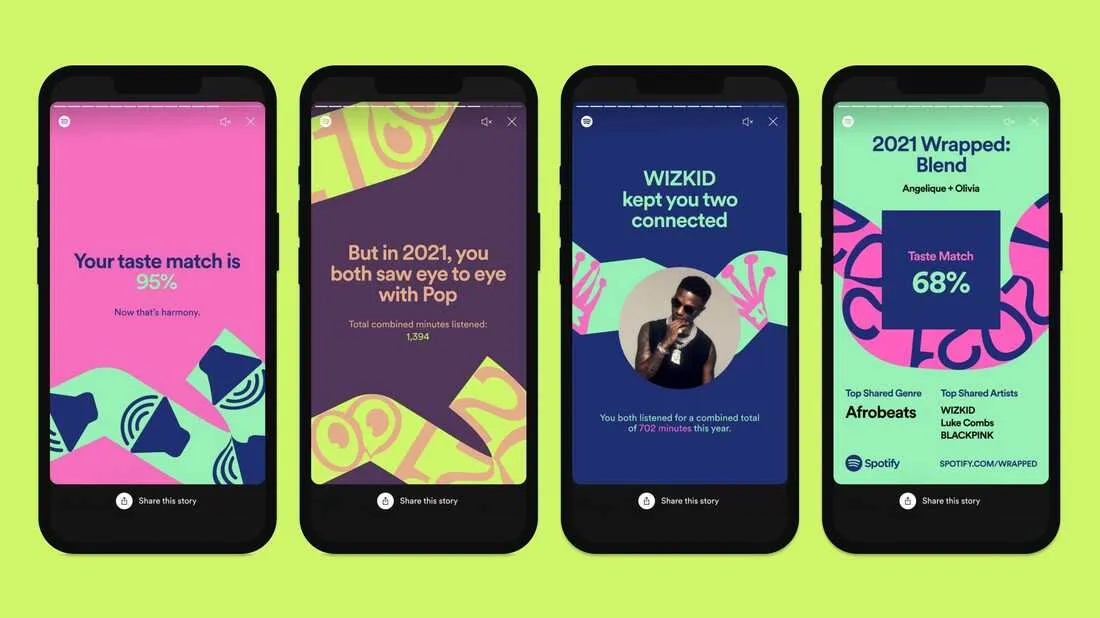
Spotify: Wrapped campaign
Users can easily share their stats on various social media platforms, such as Instagram and TikTok. Unlike its competitors, such as Apple and YouTube, Spotify's Wrapped is not simply a marketing campaign, but a highly personalized and shareable social campaign that induces FOMO.
Ice Bucket Challenge
The Ice Bucket Challenge was a viral social media campaign that originated in 2014 to raise awareness and funds for amyotrophic lateral sclerosis (ALS), a progressive neurodegenerative disease.

Ice Bucket Challenge
Participants would record themselves dumping a bucket of ice water over their heads and challenge others to do the same or donate to an ALS charity. The campaign quickly went viral and raised millions of dollars for ALS research and support.
The examples discussed highlight how famous brands employed strategies and tactics to build a positive reputation and achieve organizational goals. From crisis management to viral contents, it's clear that public relations is a dynamic and constantly evolving field that requires creativity, adaptability, and a deep understanding of the target audience.











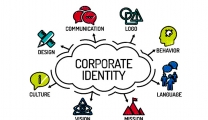
Replies to This Discussion